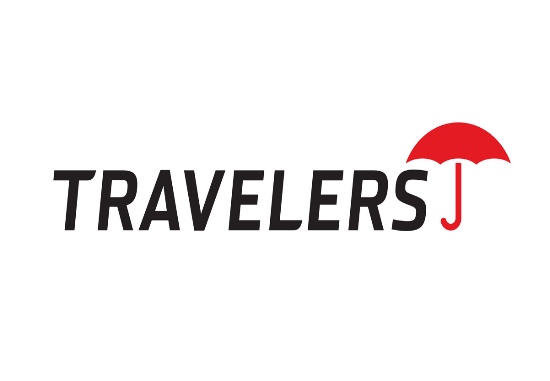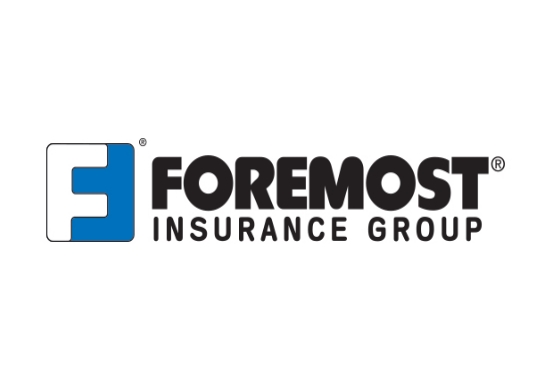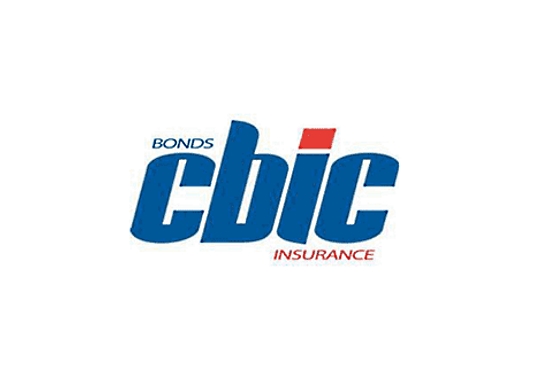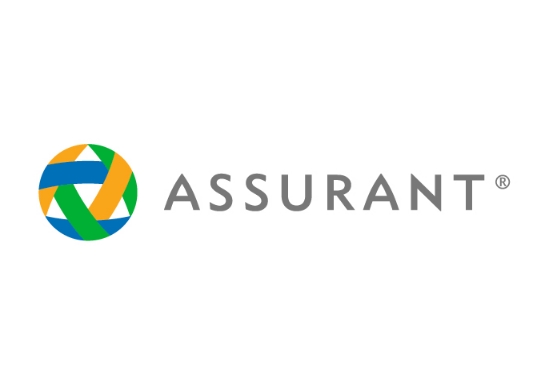How to insure a diamond engagement ring?
A diamond engagement ring is both a deeply sentimental piece and a significant financial investment. Properly insuring it ensures your peace of mind if it’s lost, stolen, damaged or destroyed.
🟩 Quick Definition
Insuring a diamond engagement ring means purchasing coverage that protects the ring’s full replacement value for loss, theft, damage or disappearance — through a scheduled jewellery policy or endorsement that lists the ring by name.
Why You Should Insure Your Engagement Ring
Engagement rings often cost thousands (or tens of thousands) of dollars — and traditional homeowners or renters insurance may not provide full or adequate coverage.
Standard home-insurance policies often include sub-limits for jewellery, meaning only a small portion of your ring’s value may be covered.
Some coverages exclude accidental loss or disappearance (for example: loss of a stone, damage outside the home, travel theft) unless a ring is scheduled or specifically insured.
A dedicated jewellery policy or properly scheduled cover gives you full value protection and greater flexibility — regardless of whether you own a home or rent.
How to Insure Your Diamond Engagement Ring
1. Get a Professional Appraisal or Valuation
Obtain a detailed appraisal certificate that includes gemstone carat/quality, setting, metal type and replacement cost.
Keep your purchase receipt and good-quality photographs of the ring.
Update the appraisal every few years to reflect changes in market value or craftsmanship, especially for high-value items.
2. Choose the Right Insurance Approach
Specialist Jewellery Insurance: A standalone policy tailored to high-value jewellery. It lists the ring by name, often offers global coverage, accident/loss protection and full replacement.
Scheduled Item or Floater Endorsement: If you rent or have a property insurance policy, you may add the ring as a “scheduled item” listing it with a defined coverage amount. This secures broader protection than a standard contents limit.
Make sure the policy covers worldwide use, accidental loss, damage, stone loss and theft — especially important if you travel with or wear the ring outside home.
3. Set Your Coverage Terms
Define the coverage limit equal to the replacement value from your appraisal.
Choose an appropriate deductible: lower deductible = higher premium, but less out-of-pocket in a claim.
Confirm whether you may choose your jeweller for replacement or repairs, and whether the insurer has restrictions on replacements.
Check policy conditions: some may require proof of safe storage, retiring the ring to a safe, or certain security requirements.
Typical Cost Range
Jewellery-specific insurance premiums commonly run around 1% to 2% of the ring’s appraised value per year.
Example: A ring appraised at $5,000 may cost approximately $50 to $100 annually to insure.
The scheduled endorsement on a renters or homeowners policy may cost similar or slightly higher depending on your deductible, coverage terms and region.
For very high-value rings (e.g., $20,000+), expect a slightly higher rate, but the cost remains a small fraction of the ring’s value.
FAQs
Q1. Can I insure my diamond engagement ring if I don’t own a home?
Yes — you can buy a standalone jewellery policy or use a scheduled floater under a renters or personal-property endorsement rather than relying on homeowners insurance.
Q2. What if my renters policy covers valuables but I don’t schedule the ring?
Standard renters or contents policies may have low “single-item” limits (e.g., a few thousand dollars) and may exclude accidental loss or disappearance. Scheduling the ring by name ensures full value protection.
Q3. How often should I reappraise the ring?
It’s not mandatory every year, but updating your appraisal every 2-5 years (or whenever gold/diamond prices shift significantly) helps ensure the covered amount matches replacement cost.
Q4. Does the insurance cover dropping the ring, losing the diamond, or theft while travelling?
A specialist ring policy or scheduled item endorsement often includes accidental damage, loss of stones and worldwide theft — unlike standard home contents cover which may exclude these unless upgraded.
Q5. What happens when I make a claim?
You file with the insurer, provide your appraisal, purchase receipt, photographs and evidence of loss/theft. The insurer pays out up to the covered amount and then you replace or repair the ring according to policy terms.
Final Thoughts
Insuring a diamond engagement ring is a wise decision that protects both your sentimental investment and your finances. Regardless of whether you own a home or rent, the key steps are to get the ring appraised, decide on the right type of insurance (standalone or scheduled endorsement), set appropriate limits and deductibles, and ensure coverage meets your lifestyle and travel habits. With the right protection, you can wear and enjoy your ring with confidence.
Related Posts
Get a Right Insurance For You
SHARE THIS ARTICLE
We will compare quotes from trusted carriers for you and provide you with the best offer.
Protecting your future with us
Whatever your needs, give us a call, have you been told you can’t insure your risk, been turned down, or simply unhappy with your current insurance? Since 1995 we’ve been providing coverage to our customers, and helping people across United States.












